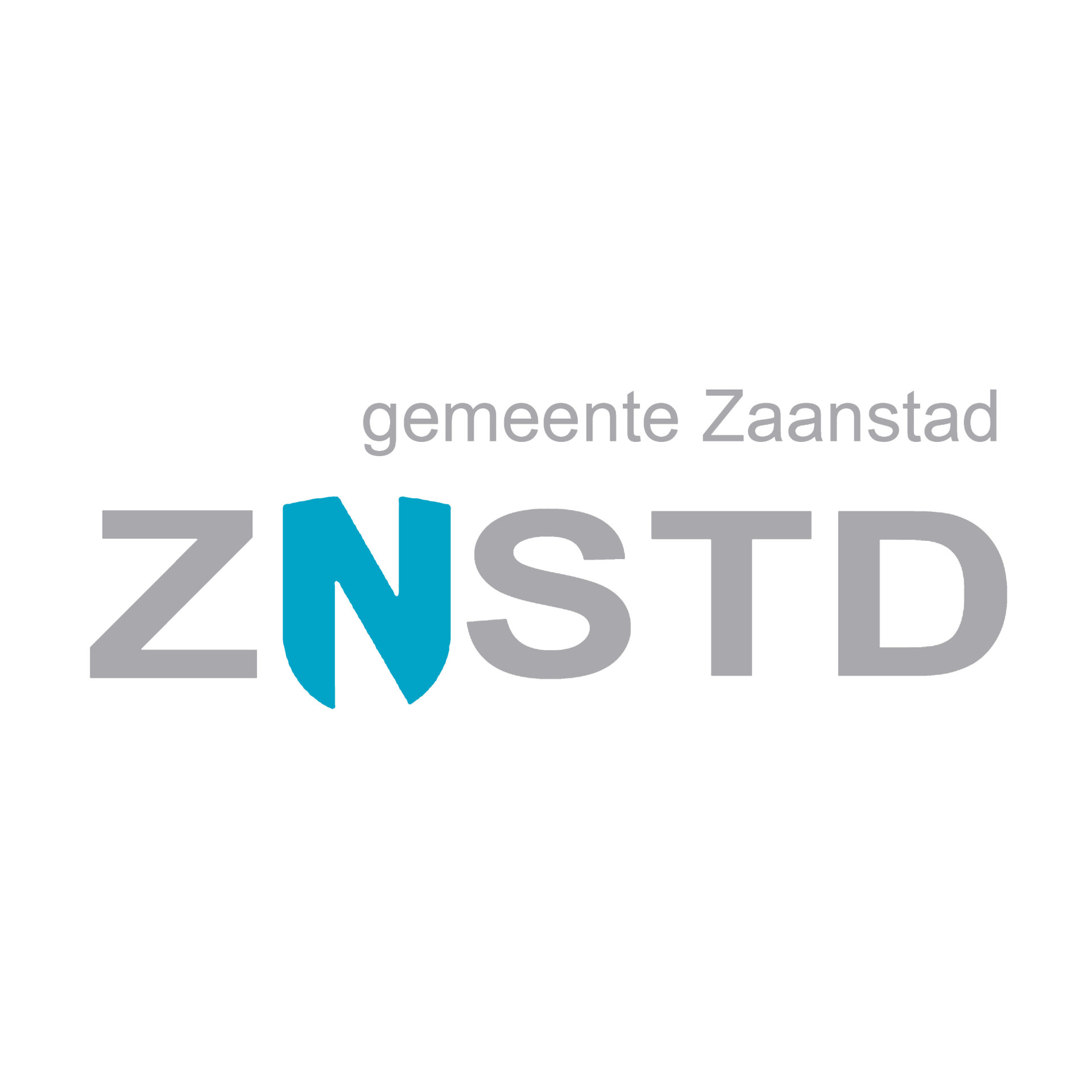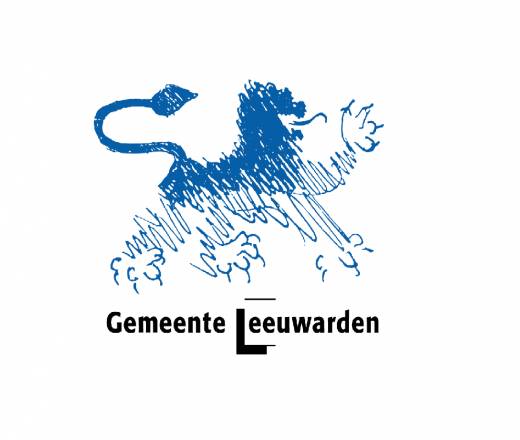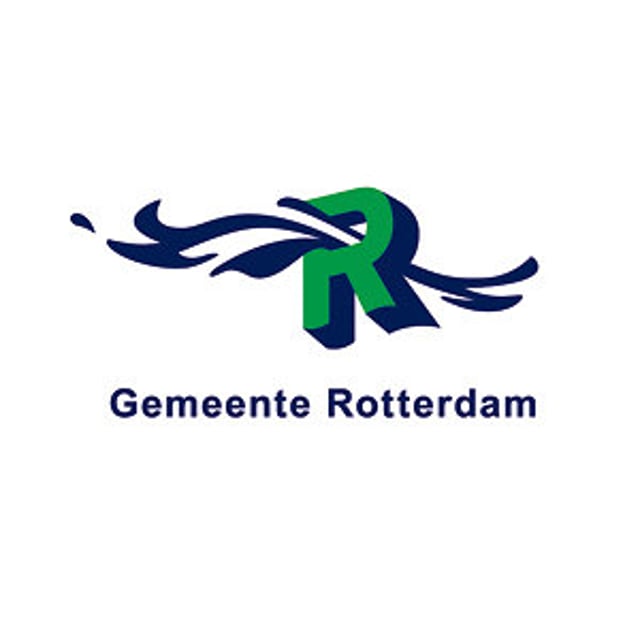**Dit boek is Engelstalig**
aantal pagina’s: 472
volledig kleuren uitvoering, harde kaft
Voor training (masterclasses op dit gebied: Masterclass Business & IT Alignment
Business & IT alignment (BIA) has been an area of interest in both industry and academic research for over 35 years. It received signi cant attention from the strategic alignment model article published by Henderson & Venkatraman in 1992. BIA is about the integration of IT for the business. All businesses focus on opportunities to grow, constantly aiming to obtain predetermined targets using strategies such as customer intimacy, operational excellence or best product. It is the expectation that the IT organisation enables and drives this growth, recognizing that the IT organisation must contend with their own challenges. The development and implementation of their respective strategies often lead to discrepancies. The result is a gap between business & IT. BIA is about closing that gap. The assumption is that doing nothing means creating a chasm. BIA is consistently reported as a key concern of business & IT management as one of the top 3 concerns in the last decade.
Today, IT outsourcing (ITO), especially with the advent of cloud computing, are key also among the top IT management concerns. ITO has grown in the past two decades. Organisations decide to outsource due to the belief that outside vendors can deliver services at lower costs. Many organisations expect to gain a better price and/or quality of service by using ITO. But industry research performed shows that outsourcing of IT services is not always successful. Some industry research: 50% of the ITO engagements do not deliver the objectives. 50% of the ITO engagements have to be renegotiated, and 25% of the outsourced IT is transferred to another supplier or back in-house within two years after the outsourcing deal. The question arises whether ITO is increasing the BIA gap or not. Is ITO penny wise but pound foolish or not?
At the end, the goal of both BIA and ITO should be improving the desired efectiveness and efciency of IT in meeting business objectives. This book provides business & IT managers, consultants and researchers several major insights regarding BIA and ITO based on an extensive research represented by 907 business & IT managers of which 28 case research organisations, 183 survey research organisations and 62 organisations conducting an abbreviated survey.









